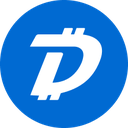-
 Bitcoin
Bitcoin $83,038.0069
-0.47% -
 Ethereum
Ethereum $1,797.3439
-1.89% -
 Tether USDt
Tether USDt $0.9997
-0.03% -
 XRP
XRP $2.0631
-0.32% -
 BNB
BNB $593.8720
-2.40% -
 USDC
USDC $1.0000
-0.01% -
 Solana
Solana $115.8553
-3.30% -
 Dogecoin
Dogecoin $0.1635
-1.87% -
 Cardano
Cardano $0.6517
-0.23% -
 TRON
TRON $0.2382
0.50% -
 UNUS SED LEO
UNUS SED LEO $9.5907
1.95% -
 Toncoin
Toncoin $3.5320
-6.97% -
 Chainlink
Chainlink $12.7780
-3.04% -
 Stellar
Stellar $0.2599
-1.41% -
 Avalanche
Avalanche $18.2060
-3.24% -
 Shiba Inu
Shiba Inu $0.0...01214
-1.86% -
 Sui
Sui $2.1936
-8.27% -
 Hedera
Hedera $0.1622
-1.58% -
 Litecoin
Litecoin $83.5547
-0.20% -
 Polkadot
Polkadot $4.0164
-0.59% -
 MANTRA
MANTRA $6.3522
0.04% -
 Bitcoin Cash
Bitcoin Cash $306.7656
0.80% -
 Bitget Token
Bitget Token $4.4830
-1.58% -
 Dai
Dai $1.0000
0.00% -
 Ethena USDe
Ethena USDe $0.9995
-0.04% -
 Monero
Monero $217.5723
0.24% -
 Hyperliquid
Hyperliquid $11.6936
-6.46% -
 Pi
Pi $0.5508
-14.89% -
 Uniswap
Uniswap $5.8803
-2.39% -
 Aptos
Aptos $5.0009
-5.37%
What Is a Bid-Ask Spread?
The bid-ask spread, influenced by liquidity, volatility, and trading volume, represents the price differential between the highest buyer bid and lowest seller ask, impacting trading costs and potential profitability.
Oct 18, 2024 at 03:36 pm
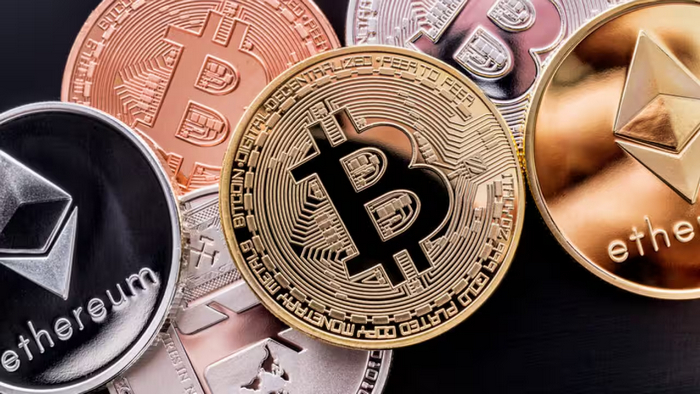
What Is a Bid-Ask Spread?
1. Definition
The bid-ask spread is the difference between the bid price and the ask price of an asset. The bid price is the highest price a buyer is willing to pay for the asset, while the ask price is the lowest price a seller is willing to accept for the asset.
2. Importance
The bid-ask spread is important for several reasons:
- It represents the liquidity of an asset: A narrower spread indicates a more liquid asset, while a wider spread indicates a less liquid asset.
- It affects the cost of trading: The larger the spread, the more expensive it is to trade the asset.
- It can be used to profit from market movements: Traders can profit from the bid-ask spread by buying an asset at the bid price and selling it at the ask price.
3. Factors Affecting the Bid-Ask Spread
The bid-ask spread can be affected by several factors, including:
- Liquidity: More liquid assets typically have narrower spreads.
- Market Volatility: High volatility can widen the bid-ask spread.
- Trading Volume: Higher trading volume can decrease the spread.
- Brokerage Fees: Some brokerages charge fees that can widen the spread.
4. Calculating the Bid-Ask Spread
The bid-ask spread is calculated as follows:
Bid-Ask Spread = Ask Price - Bid PriceFor example, if an asset has a bid price of $100 and an ask price of $102, the bid-ask spread is $2.
5. Impact of the Bid-Ask Spread
The bid-ask spread can have several impacts on trading:
- It increases the cost of trading: Traders must account for the spread when calculating the profit or loss on a trade.
- It can limit the profitability of trading: The wider the spread, the less profitable a trade can be.
- It can make it difficult to close trades quickly: A wide spread can make it difficult to exit a trade quickly at a favorable price.
6. Reducing the Impact of the Bid-Ask Spread
Traders can reduce the impact of the bid-ask spread by:
- Trading more liquid assets: Assets with narrow spreads are less expensive to trade.
- Trading during peak trading hours: Liquidity tends to be higher during these hours, resulting in narrower spreads.
- Using limit orders: Limit orders allow traders to specify the price at which they want to buy or sell an asset, which can help to minimize the spread.
- Shopping around for the best brokerage: Different brokerages charge different fees, which can affect the spread.
Disclaimer:info@kdj.com
The information provided is not trading advice. kdj.com does not assume any responsibility for any investments made based on the information provided in this article. Cryptocurrencies are highly volatile and it is highly recommended that you invest with caution after thorough research!
If you believe that the content used on this website infringes your copyright, please contact us immediately (info@kdj.com) and we will delete it promptly.
- Ethereum (ETH) Continues to Underperform in the Broader Cryptocurrency Market
- 2025-04-04 13:10:11
- BlockDAG Introduces a Permissionless Model—Anyone Can Join the Network, Test Features, Build Smart Contracts, or Mine
- 2025-04-04 13:10:11
- BlockDAG Raises $5M in 48 Hours Post-Keynote 3! Bittensor Sees 4x Gains While BNB Sees Slight Rise
- 2025-04-04 13:05:12
- The Rise of Sweepstakes Casinos: A New Era of Digital Entertainment
- 2025-04-04 13:05:12
- Bitcoin (BTC) price remains steady despite President Trump's tariff moves
- 2025-04-04 13:00:12
- Daily Crypto Signals: Bitcoin and XRP React to Trump’s Tariffs and Mixed Sentiment
- 2025-04-04 13:00:12
Related knowledge

Why is the oracle called the bridge between blockchain and the real world?
Apr 04,2025 at 04:00am
The concept of an oracle in the cryptocurrency and blockchain world is crucial for understanding how these decentralized systems interact with external data. The oracle is often referred to as the bridge between blockchain and the real world because it serves as a vital intermediary that fetches, verifies, and transmits off-chain data to the on-chain en...

What role does the Merkle tree play in the blockchain? Why can it verify data integrity?
Apr 04,2025 at 01:29pm
The Merkle tree plays a crucial role in the blockchain, primarily due to its ability to efficiently and securely verify data integrity. This article will delve into the structure of a Merkle tree, its implementation in blockchain, and how it ensures the integrity of data. Understanding the Structure of a Merkle TreeA Merkle tree, also known as a hash tr...
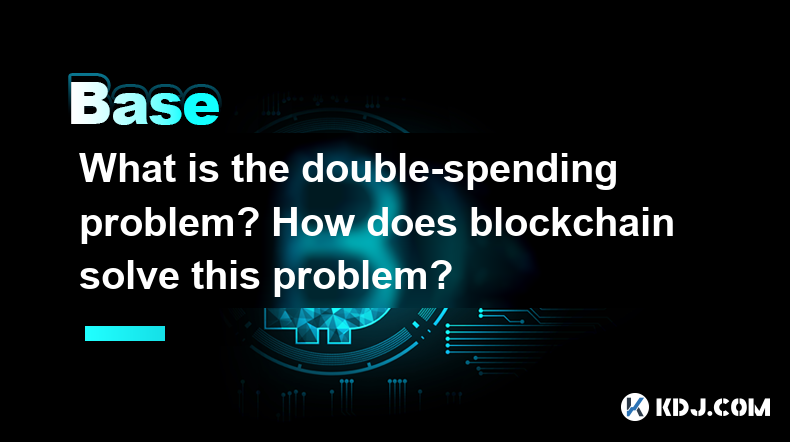
What is the double-spending problem? How does blockchain solve this problem?
Apr 04,2025 at 09:07am
The double-spending problem is a significant challenge in the realm of digital currencies. Double-spending refers to the potential for a digital currency to be spent more than once. This issue arises because digital files, unlike physical cash, can be easily duplicated. If not addressed, double-spending could undermine the integrity and trust in any dig...

How are smart contracts automatically executed? What are the classic application scenarios?
Apr 04,2025 at 01:01pm
Smart contracts are self-executing programs stored on a blockchain that automatically carry out the terms of a contract between parties. They are designed to facilitate, verify, or enforce the negotiation or performance of a contract. The automatic execution of smart contracts is facilitated by the underlying blockchain technology, which ensures that on...
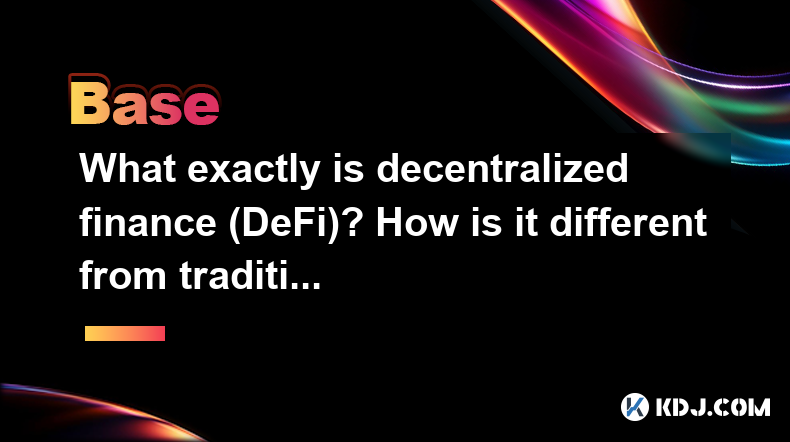
What exactly is decentralized finance (DeFi)? How is it different from traditional banks?
Apr 04,2025 at 12:07pm
Decentralized finance, commonly known as DeFi, represents a transformative shift in the financial sector by leveraging blockchain technology to create a more open, accessible, and efficient financial ecosystem. At its core, DeFi aims to recreate traditional financial systems such as lending, borrowing, and trading, but without the need for centralized i...
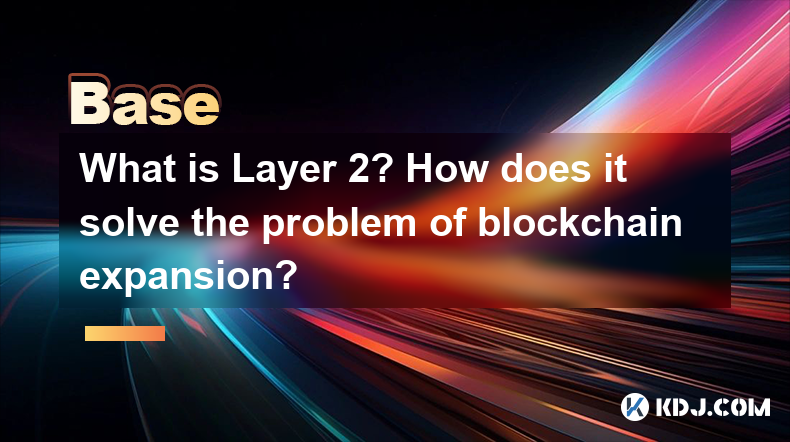
What is Layer 2? How does it solve the problem of blockchain expansion?
Apr 04,2025 at 10:57am
Layer 2 refers to a secondary framework or protocol built on top of an existing blockchain system, known as Layer 1. The primary purpose of Layer 2 solutions is to enhance the scalability, speed, and efficiency of transactions on the blockchain without compromising its security and decentralization. By handling transactions off the main chain, Layer 2 t...

Why is the oracle called the bridge between blockchain and the real world?
Apr 04,2025 at 04:00am
The concept of an oracle in the cryptocurrency and blockchain world is crucial for understanding how these decentralized systems interact with external data. The oracle is often referred to as the bridge between blockchain and the real world because it serves as a vital intermediary that fetches, verifies, and transmits off-chain data to the on-chain en...

What role does the Merkle tree play in the blockchain? Why can it verify data integrity?
Apr 04,2025 at 01:29pm
The Merkle tree plays a crucial role in the blockchain, primarily due to its ability to efficiently and securely verify data integrity. This article will delve into the structure of a Merkle tree, its implementation in blockchain, and how it ensures the integrity of data. Understanding the Structure of a Merkle TreeA Merkle tree, also known as a hash tr...

What is the double-spending problem? How does blockchain solve this problem?
Apr 04,2025 at 09:07am
The double-spending problem is a significant challenge in the realm of digital currencies. Double-spending refers to the potential for a digital currency to be spent more than once. This issue arises because digital files, unlike physical cash, can be easily duplicated. If not addressed, double-spending could undermine the integrity and trust in any dig...

How are smart contracts automatically executed? What are the classic application scenarios?
Apr 04,2025 at 01:01pm
Smart contracts are self-executing programs stored on a blockchain that automatically carry out the terms of a contract between parties. They are designed to facilitate, verify, or enforce the negotiation or performance of a contract. The automatic execution of smart contracts is facilitated by the underlying blockchain technology, which ensures that on...

What exactly is decentralized finance (DeFi)? How is it different from traditional banks?
Apr 04,2025 at 12:07pm
Decentralized finance, commonly known as DeFi, represents a transformative shift in the financial sector by leveraging blockchain technology to create a more open, accessible, and efficient financial ecosystem. At its core, DeFi aims to recreate traditional financial systems such as lending, borrowing, and trading, but without the need for centralized i...

What is Layer 2? How does it solve the problem of blockchain expansion?
Apr 04,2025 at 10:57am
Layer 2 refers to a secondary framework or protocol built on top of an existing blockchain system, known as Layer 1. The primary purpose of Layer 2 solutions is to enhance the scalability, speed, and efficiency of transactions on the blockchain without compromising its security and decentralization. By handling transactions off the main chain, Layer 2 t...
See all articles


















































































